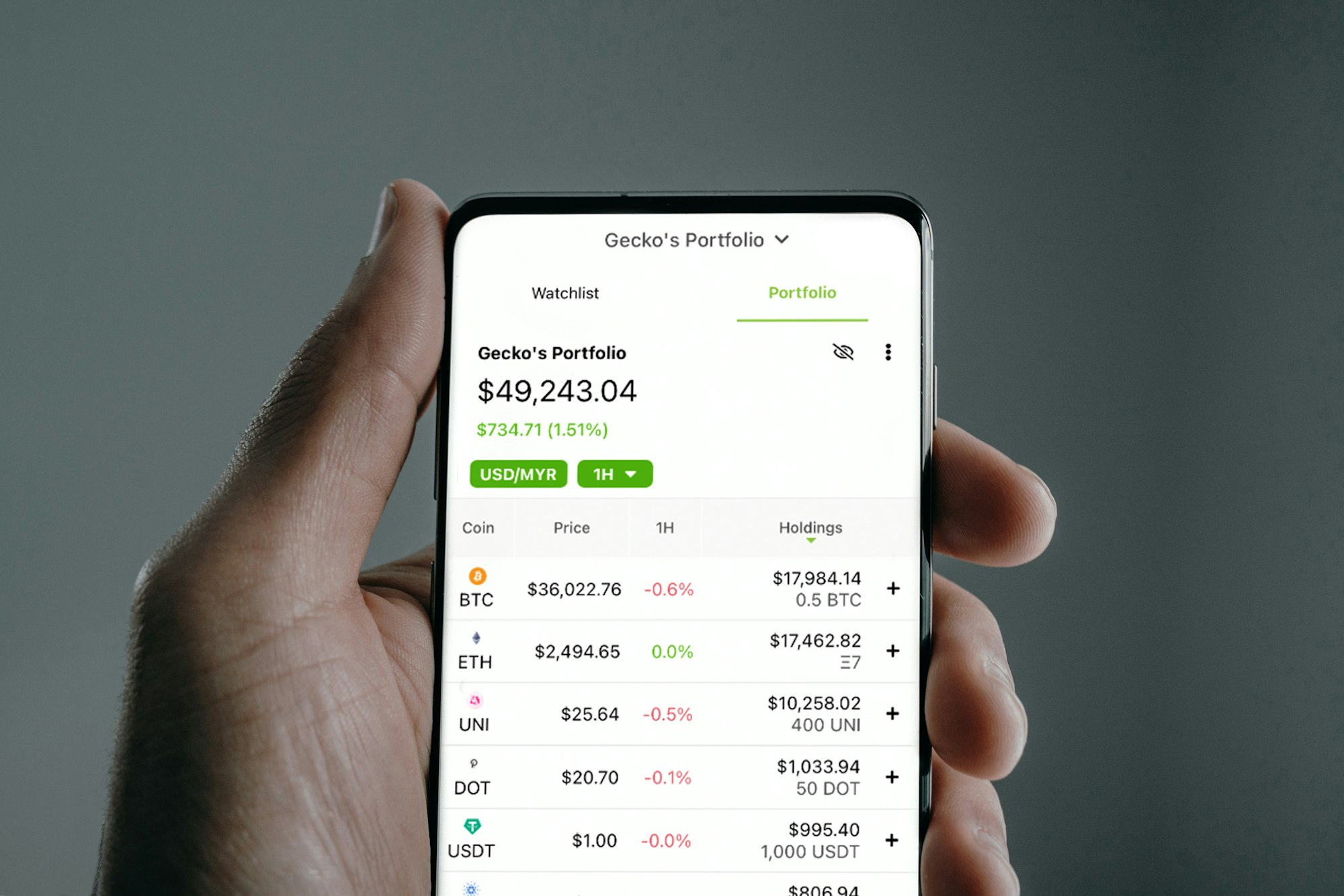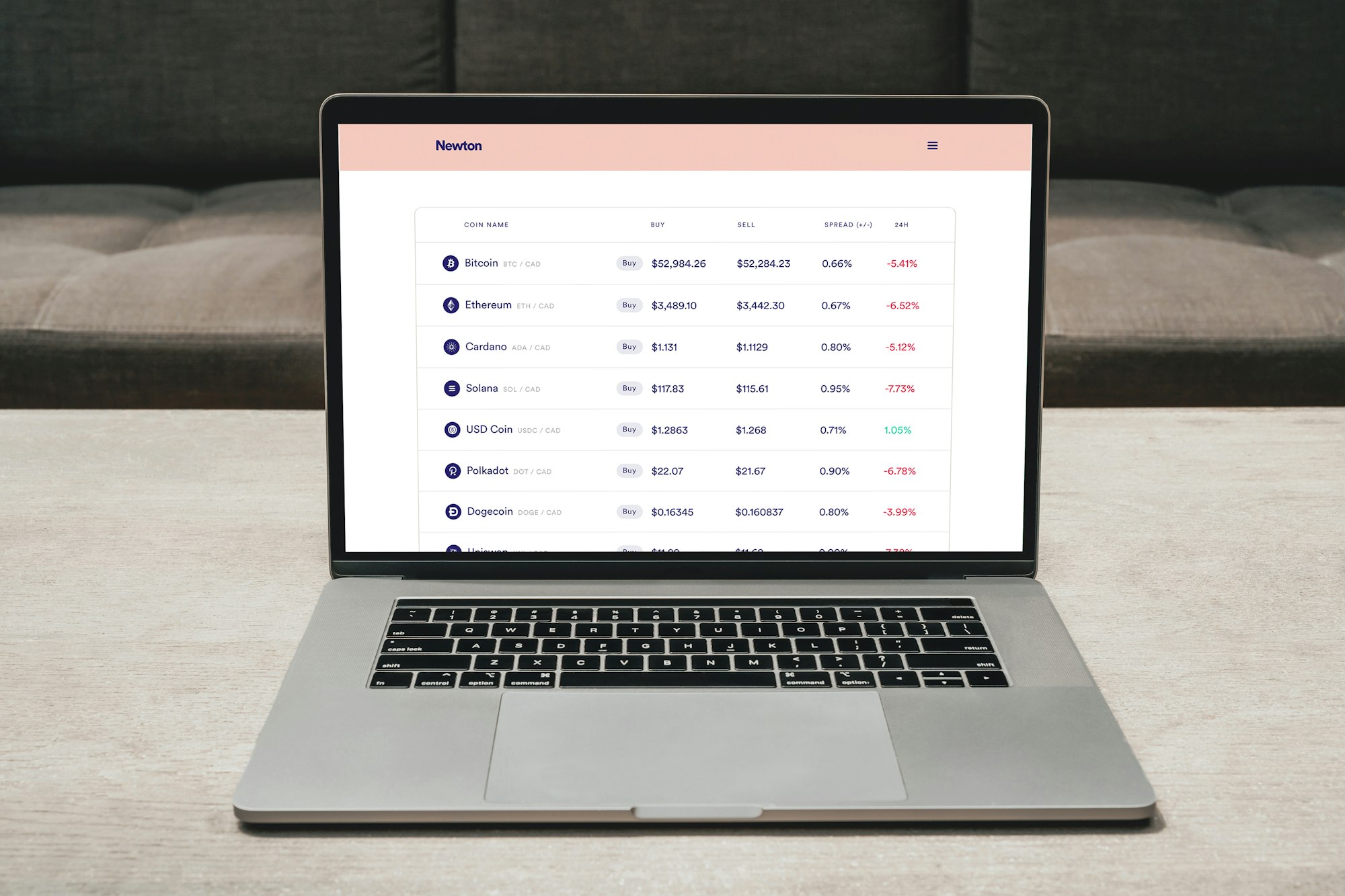Coinbase Hack Analysis: Implications for Centralized Exchanges

Executive Summary
On May 15, 2025, Coinbase, the largest cryptocurrency exchange in the United States, disclosed a significant security breach involving the theft of customer data. Unlike many previous crypto exchange hacks that targeted crypto assets directly, this incident involved insiders who were bribed to access customer information, which was then used for phishing attacks. Coinbase has estimated potential financial impact between $180-400 million, primarily for customer reimbursements. This incident provides important lessons about security vulnerabilities in centralized exchanges and highlights the ongoing evolution of crypto security threats.

The Coinbase Incident: What Happened
Timeline and Attack Vector
Coinbase received an email from an unknown threat actor on May 11, 2025, claiming to have obtained sensitive customer information and internal documentation. In their 8-K filing with the SEC, Coinbase revealed that the attackers had bribed multiple contractors and employees working in support roles outside the United States to collect information from internal Coinbase systems to which they had access as part of their job responsibilities.

Data Compromised
The compromised data included:
- Customer names
- Postal and email addresses
- Phone numbers
- Last four digits of Social Security numbers
- Masked bank account numbers and banking identifiers
- Government-issued identity documents (driver's licenses, passports)
- Account balance data and transaction histories
- Internal corporate documentation
What Was NOT Compromised
Importantly, Coinbase stated that the following were not compromised:
- Passwords and login credentials
- Private keys
- Crypto funds in customer accounts
- Coinbase Prime accounts (institutional accounts)
Response from Coinbase
Coinbase has taken several immediate actions:
- Termination of the involved employees and contractors
- Warning affected customers whose information was potentially accessed
- Enhancing fraud monitoring protections
- Refusing the $20 million ransom demand
- Establishing a $20 million reward for information leading to the arrest and conviction of those responsible
- Opening a new U.S.-based support hub to better monitor support operations
- Promising to reimburse any customers who were tricked into sending funds to attackers

Financial Impact and Market Response
Coinbase estimated in their SEC filing that the incident could cost between $180 million and $400 million, primarily for:
- Remediation costs
- Voluntary customer reimbursements for those tricked into sending funds to attackers
The company's stock (COIN) fell approximately 6% in morning trading following the announcement. The timing of this incident is particularly notable as Coinbase is set to join the benchmark S&P 500 index next week, marking a significant milestone for the crypto industry.
Comparison to Other Major Crypto Exchange Hacks
The Coinbase incident differs from many previous crypto exchange hacks in its methodology (insider threat vs. technical exploit) and impact (customer data vs. direct theft of crypto assets). Here's how it compares to other major incidents:
Notable Crypto Exchange Hacks (2022-2025)
- DMM Bitcoin (May 2024): Japan-based exchange lost 4,500 BTC (approximately $305 million). The attack vector remains unknown, but the Lazarus Group (North Korean hackers) is suspected.
- Bybit (February 2023): Approximately $1.5 billion in digital tokens were stolen in what is considered one of the largest crypto heists ever.
- Mixin Network (September 2023): Hackers accessed the database of the cloud service provider, stealing $200 million in Bitcoin, Ethereum, and Tether.
- Euler Finance (March 2023): A flash loan attack resulted in the theft of $197 million in cryptocurrency.
- Phemex (January 2025): Attackers exploited a vulnerability in the hot wallet system, stealing over $85 million in cryptocurrency.
Historical Perspective
The Mt. Gox hack of 2014 remains the most infamous crypto exchange incident, where approximately 650,000 bitcoins (then worth $473 million, now worth billions) were stolen, representing about 7% of all bitcoins in circulation at that time.
The Coinbase Difference
Unlike many of these technical exploits, the Coinbase incident highlights the human element in cybersecurity. The company had previously never experienced a major hack of its exchange systems since its founding in 2012, though individual customer accounts have been compromised through phishing and social engineering in the past.
Implications for Centralized Exchanges and Crypto Security
The Vulnerability of Centralized Systems
This incident underscores a fundamental critique of centralized exchanges in the crypto ecosystem:
- Single Point of Failure: Despite robust technical security measures, centralized organizations remain vulnerable to insider threats and human manipulation.
- Custodial Risks: When users entrust their data and assets to centralized entities, they are exposed to risks beyond their control.
- Support Operations as Attack Vectors: Customer support functions, particularly those outsourced or operated internationally, represent significant security vulnerabilities.
Evolving Threat Landscape
The crypto security landscape continues to evolve:
- Targeting of Personnel: Attackers are increasingly targeting employees and contractors rather than attempting to breach technical defenses directly.
- Social Engineering Focus: While direct thefts remain common, attackers are also pursuing customer data for use in sophisticated phishing attacks.
- Rising Financial Impact: According to blockchain analysis firm Chainalysis, funds stolen by hacking crypto platforms totaled $2.2 billion in 2024, showing the increasing scale of these attacks.
Best Practices and Security Recommendations
For Crypto Exchanges
- Decentralized Support Operations: Coinbase's move to establish a U.S.-based support hub demonstrates recognition of the risks of geographically dispersed support operations.
- Zero-Trust Architecture: Implementing strict access controls and verification for all users, even insiders.
- Advanced Monitoring: Using AI and machine learning to detect unusual access patterns or data exfiltration.
- Segmentation of Sensitive Data: Limiting access to customer data on a need-to-know basis.
For Crypto Users
- Multi-Factor Authentication: Always use 2FA/MFA for exchange accounts.
- Cold Storage: Keep significant crypto holdings in cold storage rather than on exchanges.
- Vigilance Against Phishing: Be extremely cautious of communications claiming to be from exchanges, especially those requesting action or information.
- Exchange Diversification: Avoid keeping all assets on a single exchange.
Regulatory Implications
The Coinbase incident may accelerate regulatory scrutiny of crypto exchanges:
- Customer Protection Requirements: Regulators may push for more stringent customer protection requirements, particularly around data security.
- Operational Controls: We may see increased focus on operational risk management and employee screening requirements.
- Disclosure Requirements: The incident demonstrates the importance of regulatory filing requirements like the 8-K, which ensures public disclosure of material events.
Conclusion
The Coinbase hack of May 2025 represents a significant evolution in crypto security threats, highlighting the vulnerability of even well-established exchanges to human-centered attacks. While Coinbase's response has been proactive, including the refusal to pay ransom and commitment to customer reimbursement, the incident serves as a reminder that centralized cryptocurrency infrastructure faces many of the same security challenges as traditional financial institutions, along with crypto-specific risks.
As cryptocurrency adoption continues to grow, securing both technical infrastructure and human elements of these systems will remain a critical challenge. The increasing sophistication of attacks, from direct theft to insider threats to phishing, requires a holistic approach to security that spans technology, personnel, and operational processes.
This analysis is based on publicly available information as of May 15, 2025, and may be updated as more details emerge.









